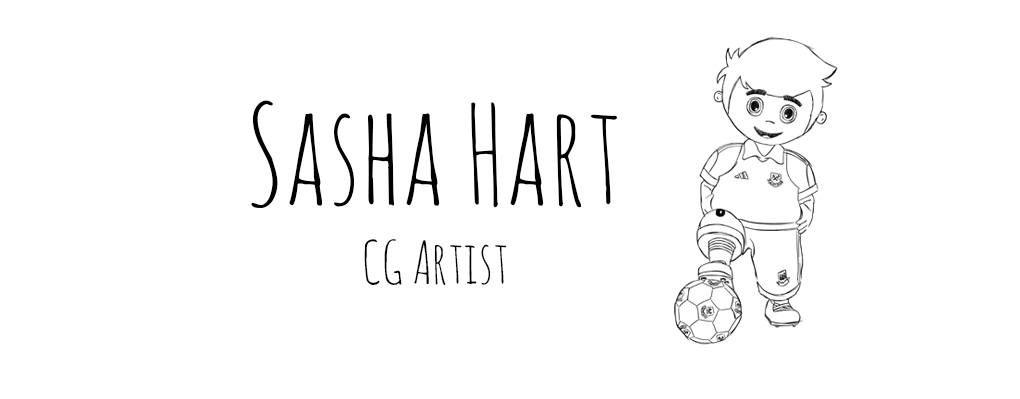Fig.1 Kill Bill Vol.1 Film Poster
Kill Bill Vol.1 (2003) is the first part of a two-part story, by legendary director Quentin Tarantino.
He appropriates cinematic storytelling techniques and film movements from older directors, this
could be said to be why he is a skilful master of his game because he respects what came
before him.
Kill Bill is a postmodern, genre-bending pastiche of spaghetti western and martial arts films, throwing in an attempt to remake the past. Tarantino draws on his extensive experience of growing up with films but also the way that he living through them in his childhood imagination. In Kill Bill Vol.1 Tarantino revisits and recreates those films and genres that he loved when growing up, in unique and mind blowing ways. " In Kill Bill: Volume 1, Tarantino is reliving his childhood as a pastiche, a postmodern fusion of the different styles that he loved and that gave his life meaning, all with an air of unreality—of the fantastic so characteristic of a child’s imagination—and at the same time he’s recreating his past in a more honest way.” (Conard, 2003) So Kill Bill is not about reality but about the past and more important Tarantino’s past experiences.
Fig.2 Kill Bill Film Still
Both film’s Kill Bill Vol.1 and Vol.2 are sometimes criticized by critics for being a film about nothing but just pure blood and violence. They are most definitely films about revenge and they do have much dark violence within in. But it should be stated that it should not be taken too serious, because it basically is Tarantino “simply revisit the films and genres of his youth, he recreates them in significant and original ways. First, he fuses the genres into a kind of postmodern collage that has a storybook fantasy feel and wildly exaggerated confrontation scenes and violence.” (Hemery, 2003)
Fig.3 Kill Bill Film Still
One major thing that Tarantino did when creating this film, was borrow styles from other films and place it together with his on style. “In reviews of the film, Tarantino’s directing style has been both applauded and criticised. Critics argue that in creating ‘Kill Bill Vol.1’, he ‘elevates the B-movie to A-grade pop art - ripping off other people's films with inimitable style’.” (Hemery, 2003) This is what makes this film so different from other violence killing films is that he uses mash ups of different styles to make it so unique to other films from this genre. Kill Bill Vol.1 and Vol.2 were definitely the films that showed to the world Tarantino unique film making skills.
Bibliography
Conard, Mark (2003) Kill Bill: Volume 1, Violence as Therapy. http://metaphilm.com/index.php/detail/kill_bill_volume_1/ (Accessed on 08/10/2011) Hemery, Richard (2003) To what extent is the representation of the female gender within cinema and Mulvey’s theory of ‘the gaze’, relevant to the study of the film ‘Kill Bill Vol.1’ (2003)? http://www.studiohem.com/richardhemery/essay-femalerepresentationincinema.htm (Accessed on 08/10/2011) Conard, Mark (2003) Kill Bill: Volume 1, Violence as Therapy. http://metaphilm.com/index.php/detail/kill_bill_volume_1/ (Accessed on 08/10/2011)
List of Illustrations
Fig 1.Tarantino, Quentin (2003) Kill Bill Film Poster. http://knickrehm.blogspot.com/2011/05/kill-bill-vol-1-2003.html (Accessed on 08/10/2011) Fig 2.Tarantino, Quentin (2003) Kill Bill Film Still. http://pandagurl22.glogster.com/Kill-Bill-Vol-1-and-2-/(Accessed on 08/10/2011) Fig 3.Tarantino, Quentin (2003) Kill Bill Film Poster. http://www.toutlecine.com/images/film/0007/00076273-kill-bill-volume-1.html (Accessed on 08/10/2011)




No comments:
Post a Comment